Visit Kooragang Wetlands
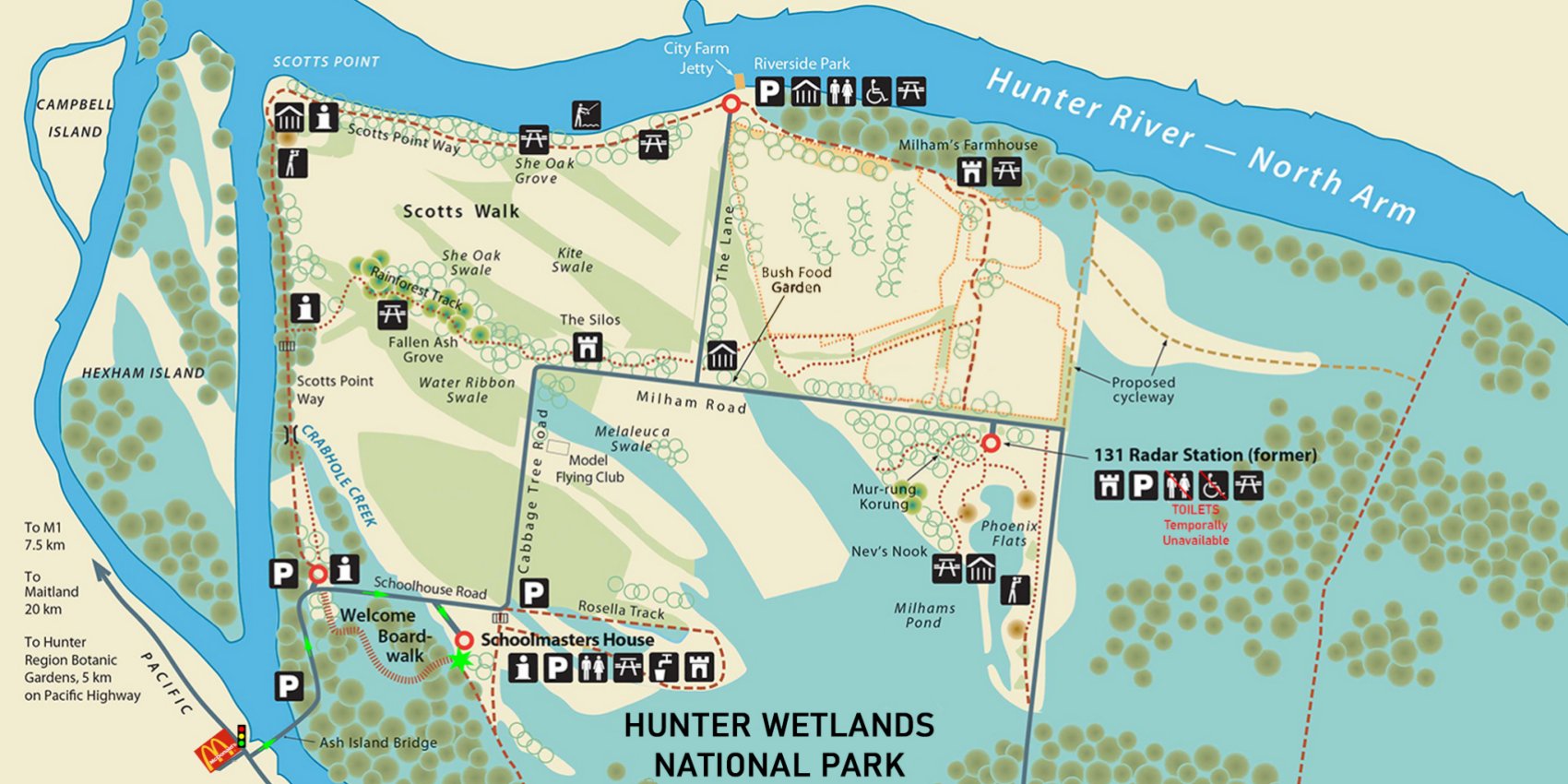
So where is Kooragang Wetlands?
You can see it here on Google Maps. Kooragang Wetlands (Ash Island) is accessed via the Ash Island Bridge, 100 m east of McDonalds on the Pacific Highway at Hexham (12 km west of Newcastle). From Sydney, take the F3 north to the end of the Freeway. Turn right towards Newcastle and travel 7.5 km along the Pacific Highway until you reach the Ash Island Bridge.
While exploring Kooragang Wetlands please:
Keep to roads, walking and cycling tracks.
Take your rubbish with you.
No fires, no camping.
Keep this habitat healthy.
No dogs, in accordance with National Parks and Wildlife Service dog policies. People with disability may be accompanied by a trained assistance animal, such as guide dogs, in areas open to the public. Click here for a list of regional parks with dog walking areas.
Report sightings of less commonly seen wildlife eg. frogs, snakes, birds.
Report any vandalism.
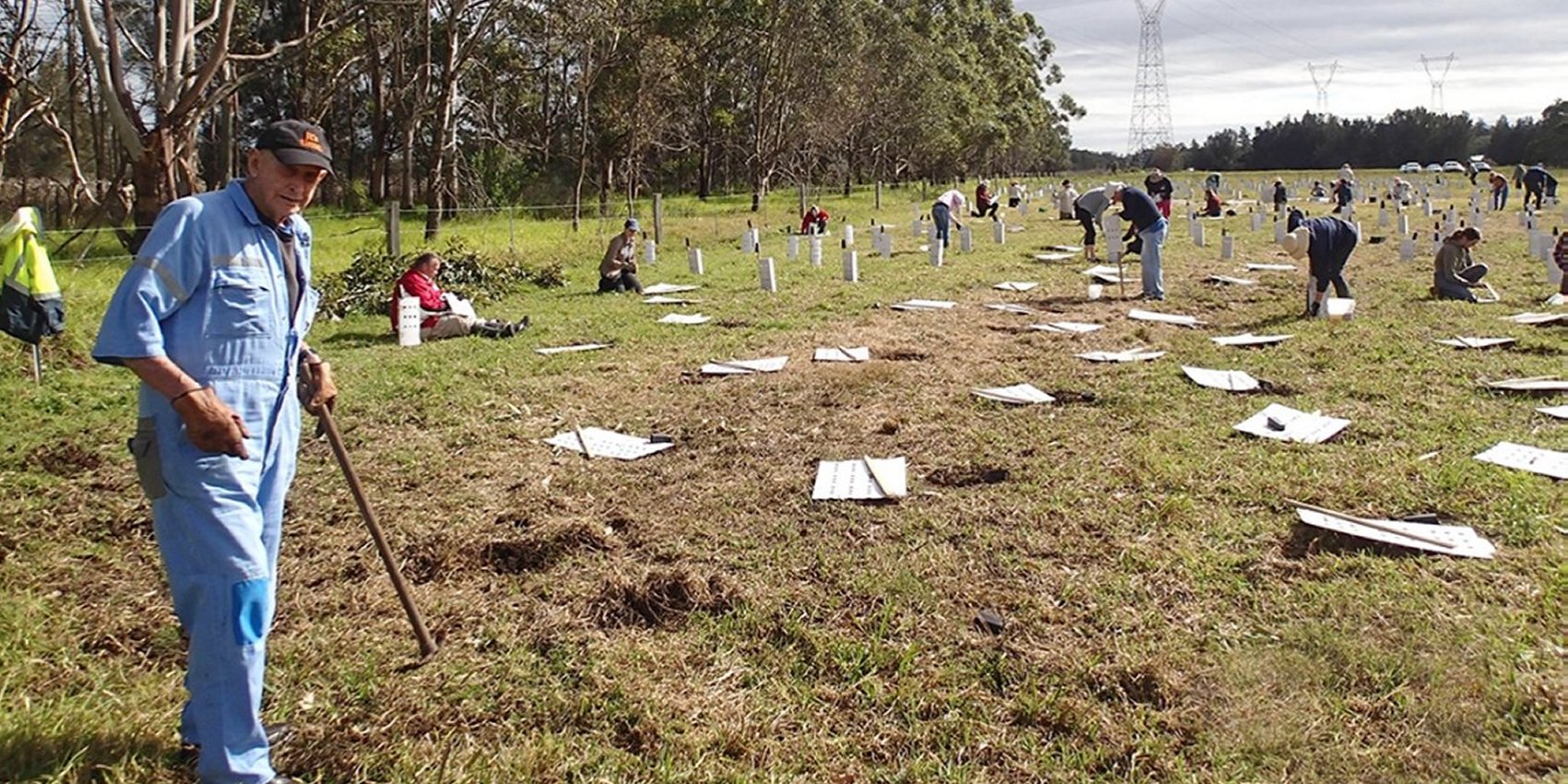
Visit Koorgang Wetlands
Experience and explore the wide open spaces along 15 km of boardwalks, cycleways and walking tracks. Stop for a picnic or fish by the river. Meander through floodplain forest listening for birds and frogs and spotting spiders and their webs. Family groups, cyclists, fishermen, birdwatchers, walking and other community groups come to get away from the hustle and bustle of life on the other side of Ash Island bridge and to explore the walking tracks and cycleways of City Farm and its surrounding wetlands.
There are about 5km of dedicated cycleway to explore at Kooragang Wetlands, most of it running alongside the Hunter River, including 1.2 km through Kooragang City Farm. Roads shared with other vehicles link up different parts of our cycleway network, completing about 15km altogether. Word of warning: Vehicular roads Ash Island can be rough at times and are not suitable for thin tyred road bikes. Hybrid and mountain bikes do much better on these roads when conditions are less favourable. For safety reasons bicycles must not ridden on our boardwalks and meandering walking trails. Bring your bicycle and some food and water to enjoy the serenity of a day surrounded by water.
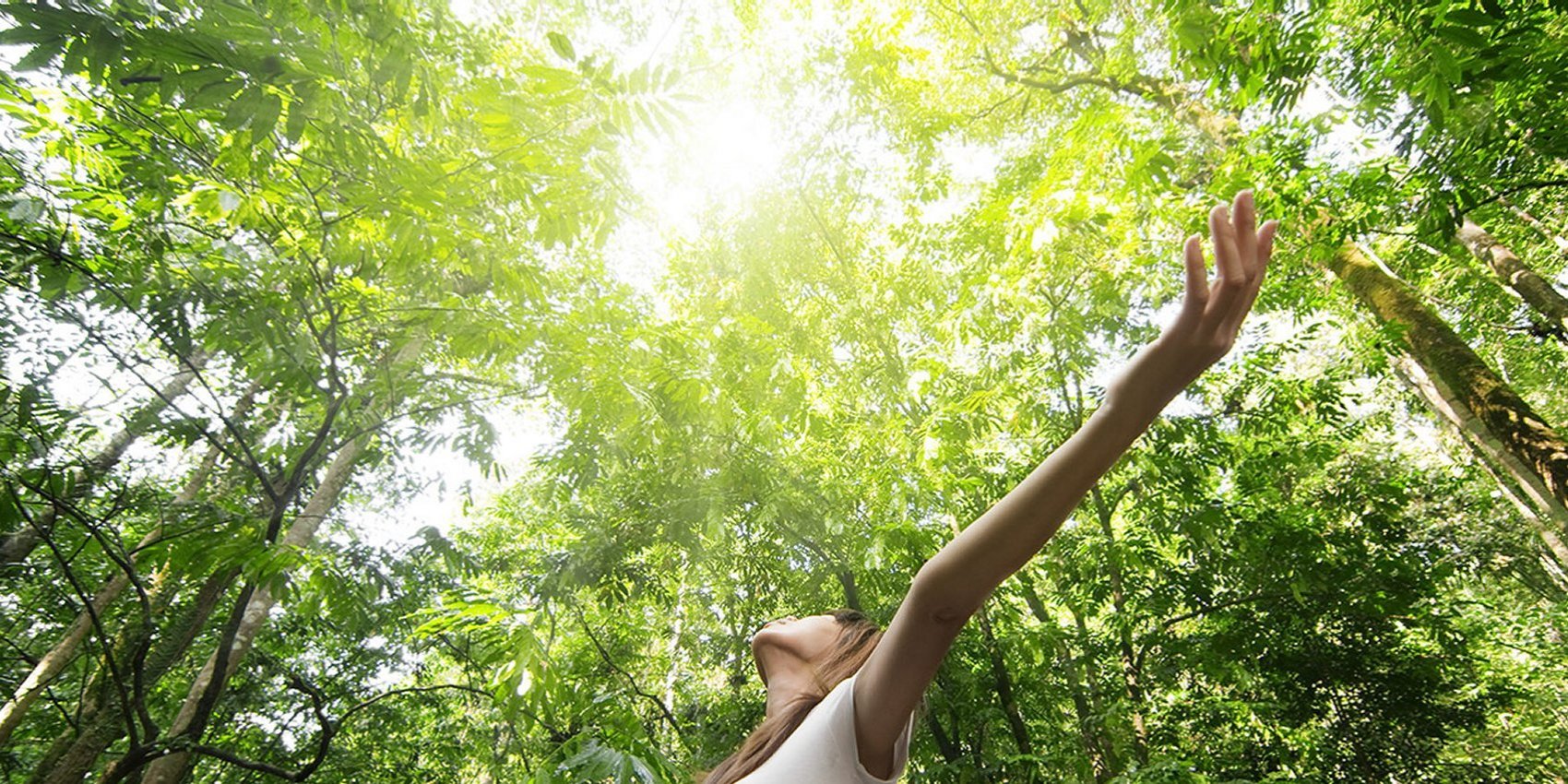
Vision
Ecological restoration for a healthier estuary continues through the Hunter Estuary Program of Hunter Local Land Services.
Main areas of restoration activities to date have been at Ash Island (780ha), Tomago Wetlands (800ha) and Stockton Sandspit (10ha). These sites overlap Ramsar wetlands and adjoin a major port and industrial complex. Current restoration is taking place at suitable sites across the whole estuary.
Tied to the habitat work is the creation of opportunities for education, recreation, tourism and research to promote appreciation and wise use of wetlands.
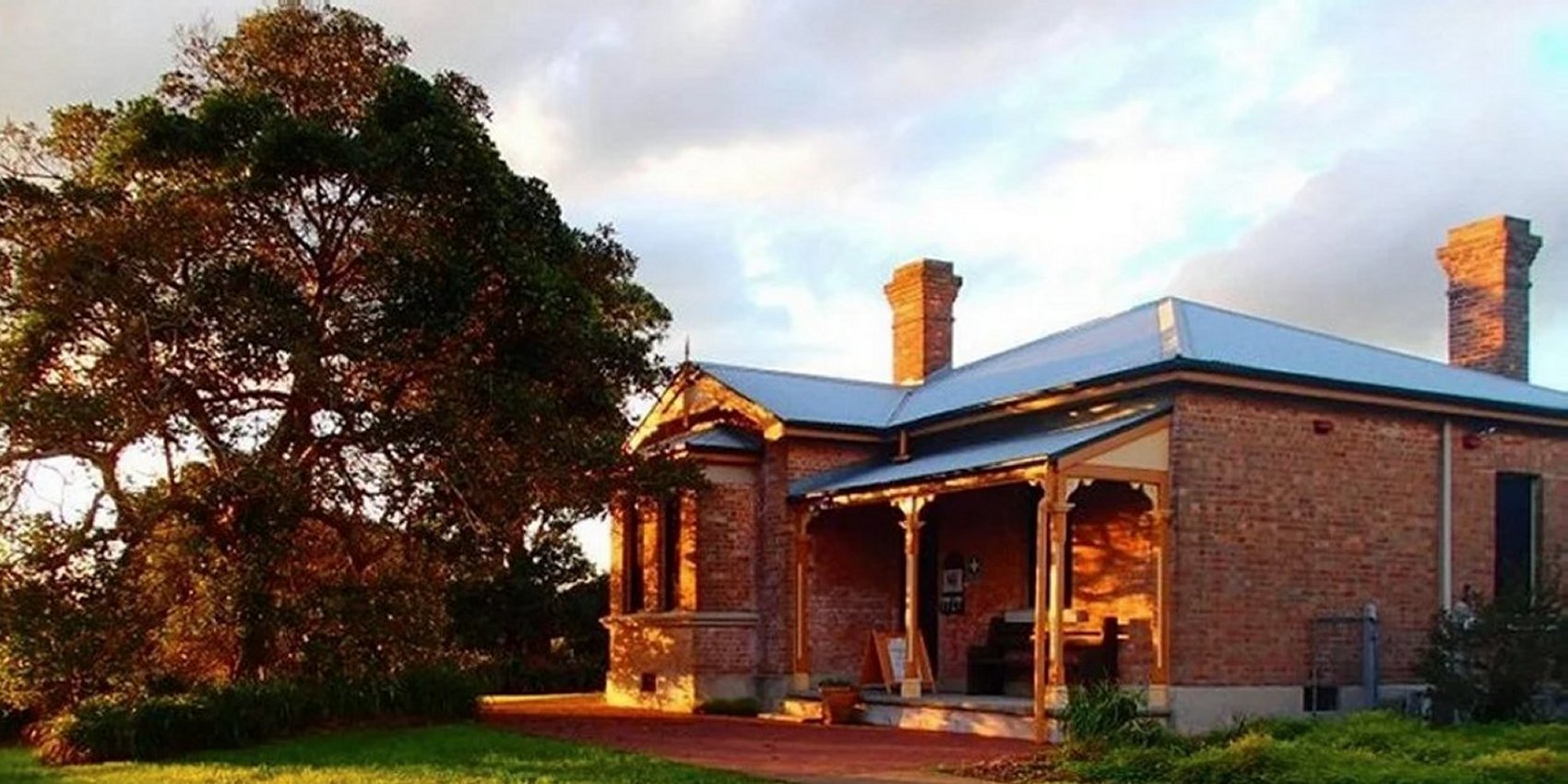
Action
Best available information is used to improve habitat by protecting riverbanks, managing water flows, conserving saltmarsh, managing weeds and feral animals, using sustainable grazing methods to manage kikuyu pasture and revegetating areas of the floodplain using local native plants.
Links exist with other wetlands, including Hexham Swamp, Hunter Wetlands Centre and Kushiro Wetlands in Hokkaido, Japan, through a sister wetlands affiliation. Migratory bird habitat is protected under treaties with Japan, China and South Korea.
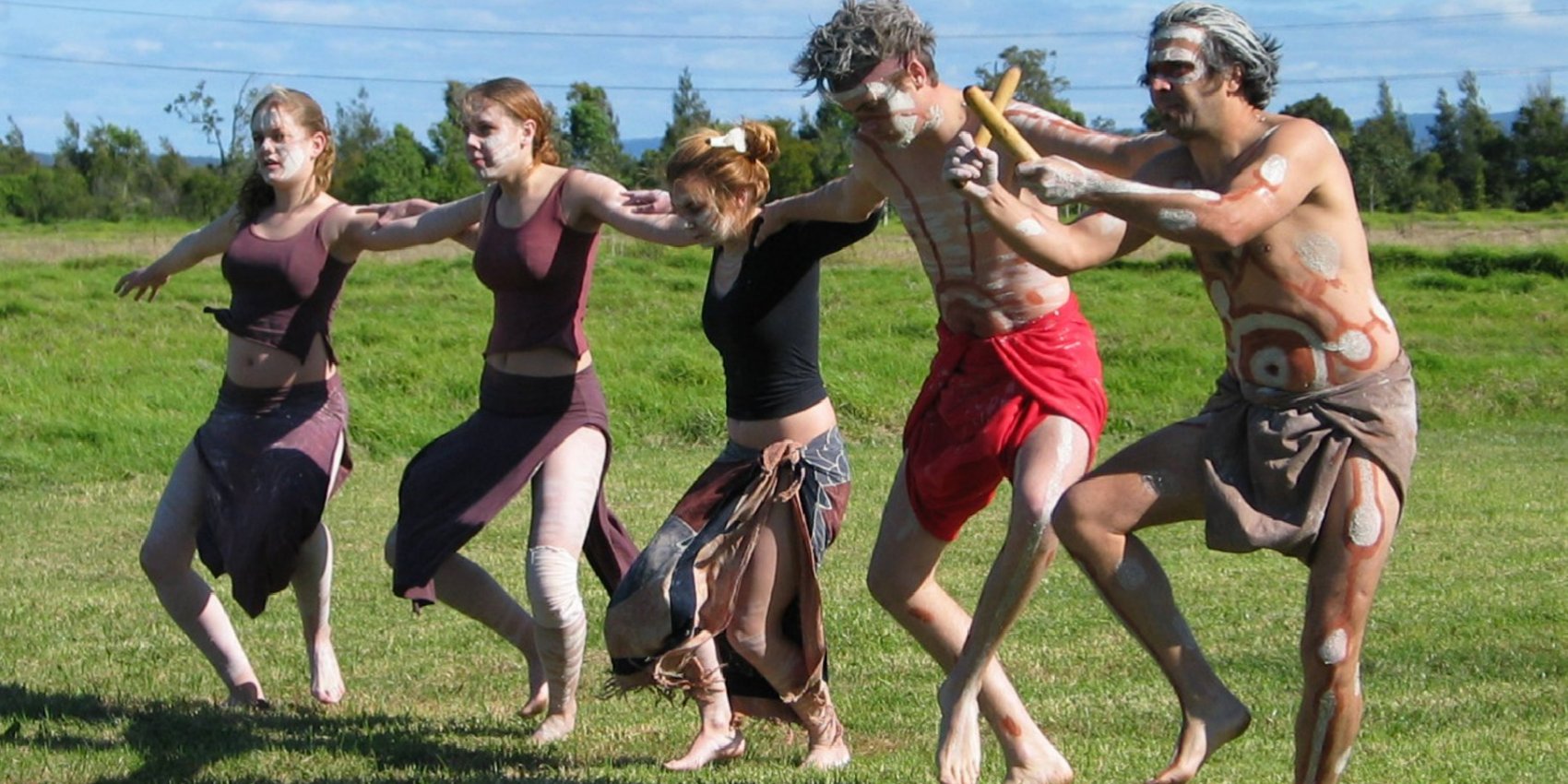
Aboriginal Heritage
Natural resource managers can learn about sustainable care of the environment from Aboriginal culture. Hunter Local Land Services, in partnership with both the Awabakal Local Aboriginal Land Council and Worimi Local Aboriginal Land Council, have developed the Aboriginal Cultural Heritage Management Plan for the Kooragang Wetland Rehabilitation Project (KWRP), which further integrates both traditional and contemporary Aboriginal culture with the project’s objectives.

Volunteering
Volunteers play a large part in helping to restore native vegetation of the Hunter estuary. Since 1995 over 200,000 trees and shrubs have been planted. If you have time, come along to one of our volunteer days. All are welcome.

Birds
Over 200 species of birds live in or visit the Hunter River estuary. Smaller birds can be heard, if not always seen in the mangroves and rainforest areas. The Hunter Bird Observers Club has produced a birding route guide for Ash Island (printer-friendly version). This tells you the best places to go if avian adventure is your aim. About 45 of these species are shorebirds and 34 species are migratory shorebirds spending from August to mid-April in the estuary. They can sometimes be seen feeding at low tide searching on mudflats and saltmarshes and gathering on roosts at high tide. In April they return to Siberia, northern Asia and Alaska to breed.

Fish and Prawns
Schools of tiny juvenile fish swim into the saltmarsh areas with the incoming tide. Look out for them in the tidal creeks and shallow pools.
Species found in the Hunter estuary include sea mullet, luderick, school prawns, flathead, tailor, bream and goby.
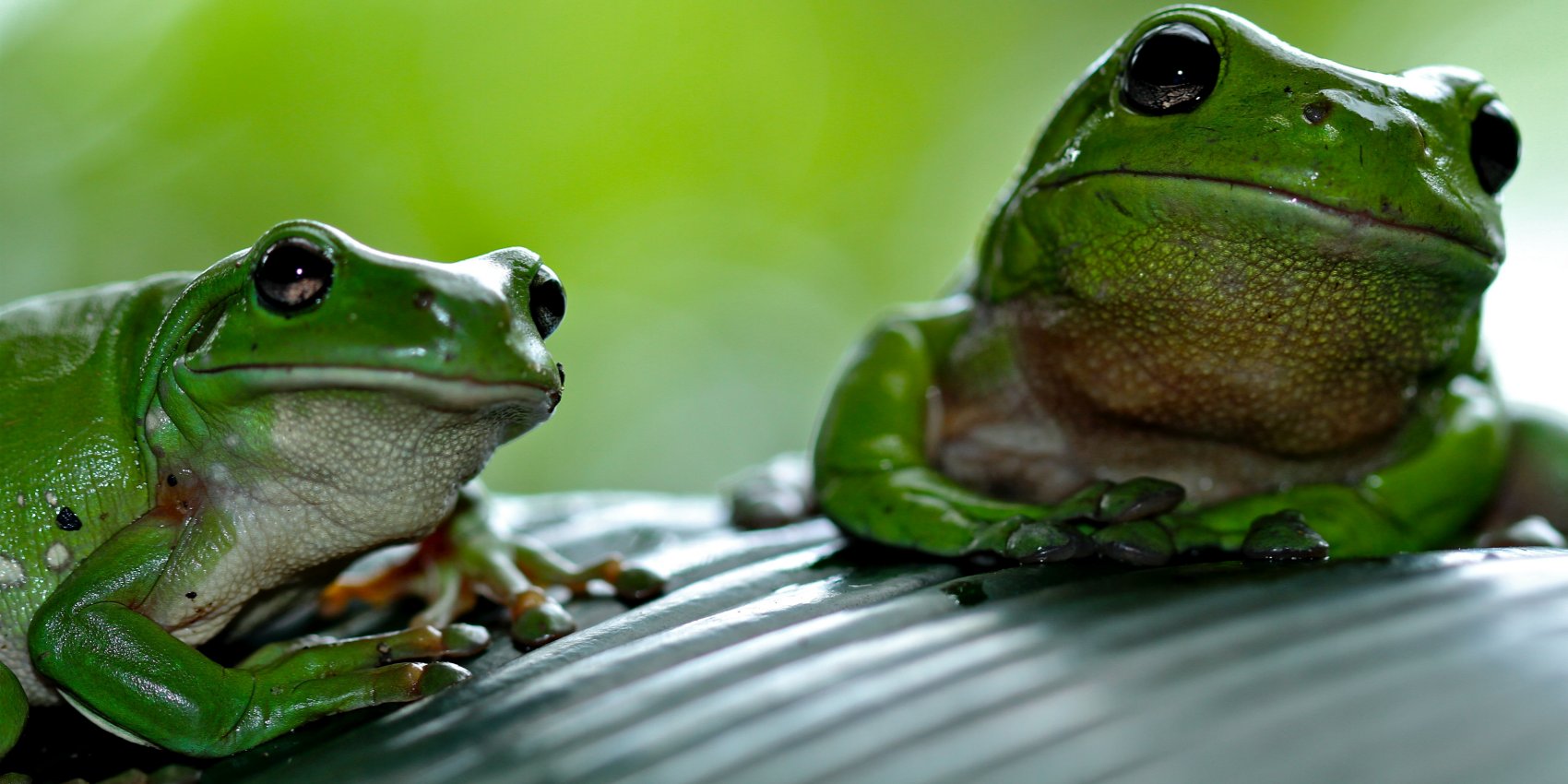
Frogs
Fifteen species of frog, including the endangered green and golden bell frog, have been recorded on the island.
KWRP has enhanced existing swales and ponds used by frogs generally, as well as constructed ponds providing ‘stepping stones’ and established special features to improve habitat for bell frogs.

Butterflies
Ash Island is home to a large range of butterfly species, and offers food plants for 87 species. Kooragang Landcare Volunteers have revegetated an area next to the Rainforest Track with local native plants known as food plants for butterfly larvae. Butterflies of Ash Island, a booklet containing stunning illustrations and interesting facts, has been produced by volunteers to capture the beauty of butterflies on the island.
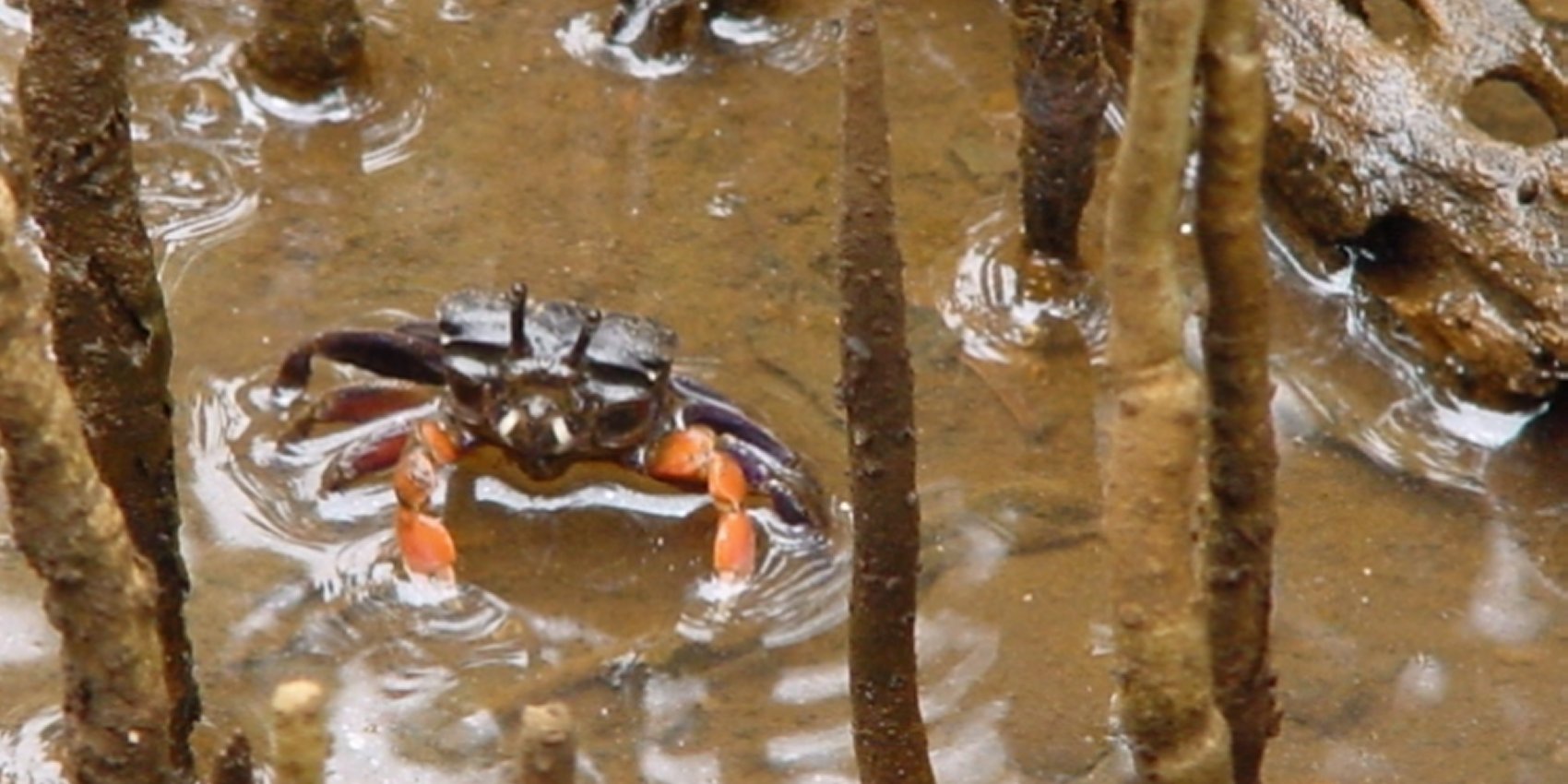
Mud Dwellers
Mud is home to many creatures—crabs, worms, snails and other molluscs—which feed on the debris found there and in turn are food for fish, birds and other animals. At low tide, if you are very still, you can see crabs grazing on algae and debris.
About 10 species of crab are found on Ash Island, the most striking being the purple-clawed semaphore crab and the red-fingered marsh crab.
Look for footprints in the mud — what has been looking for food here?
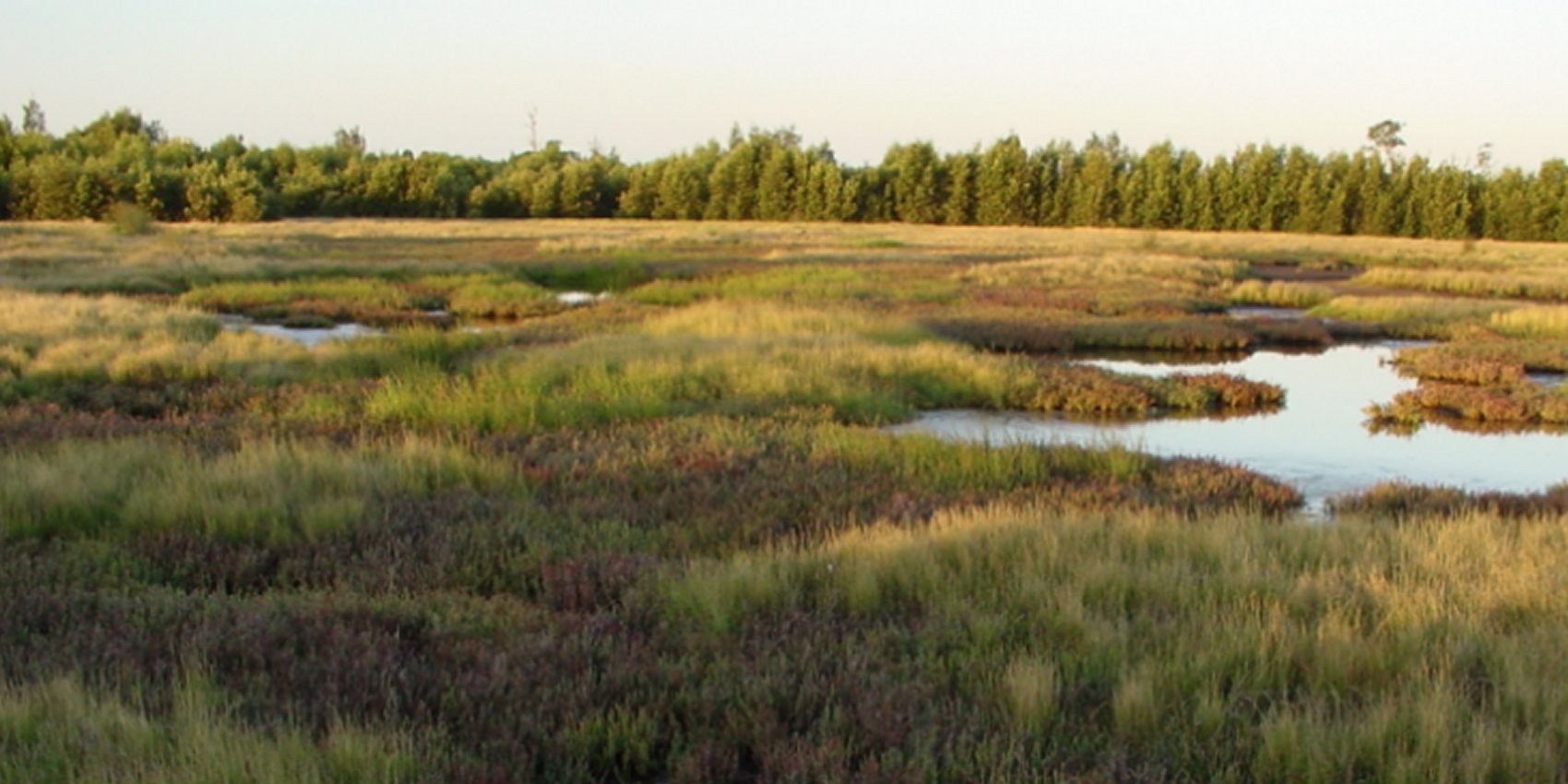
Saltmarsh
Saltmarsh grows in areas where tidal flushing is less frequent and is important for fish and crab production and shorebird habitat (roosting and feeding). Saltmarsh is classed as an Endangered Ecological Community (EEC).
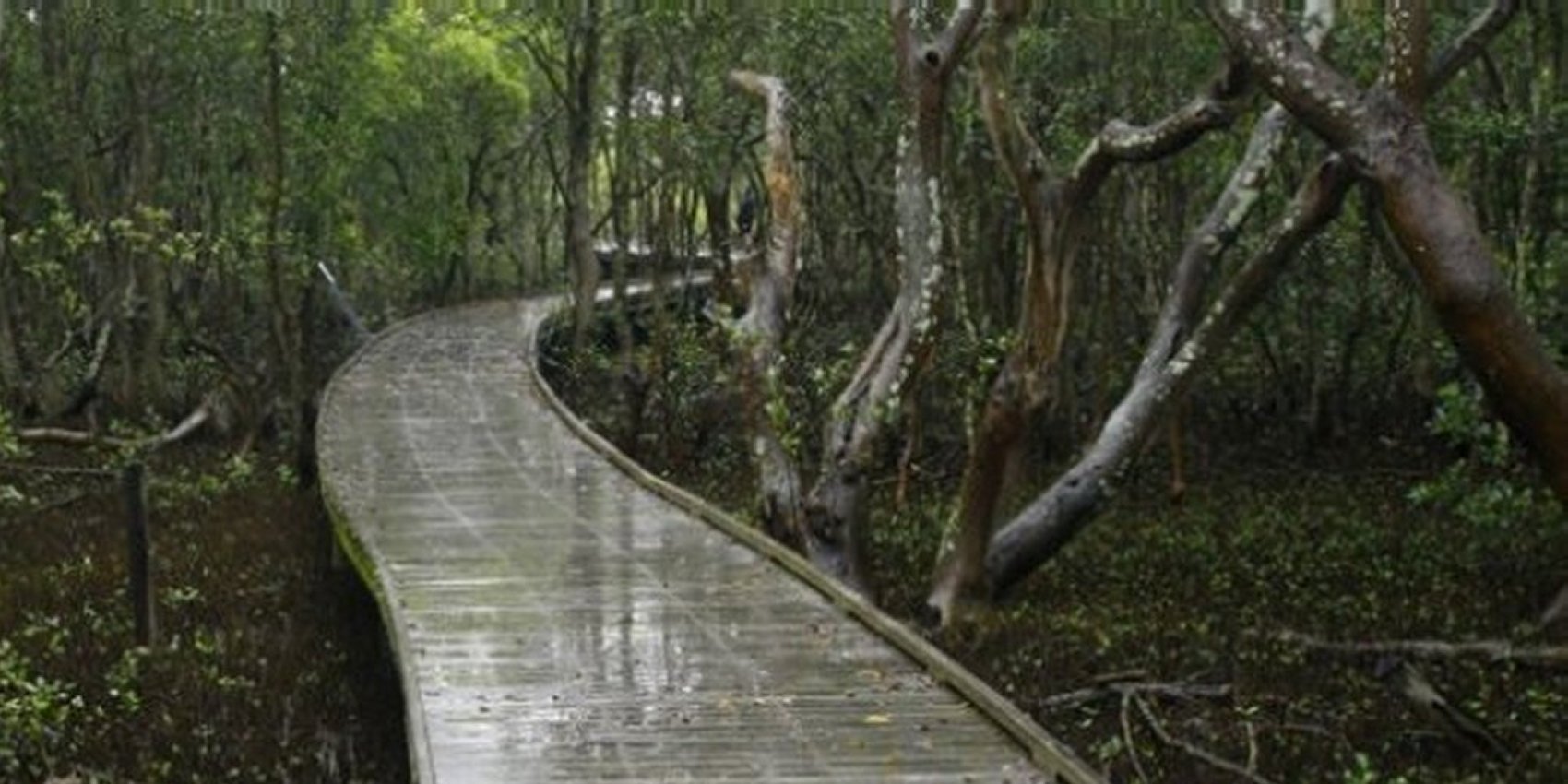
Mangroves
Mangroves grow where there is frequent tidal flushing and make an excellent fish nursery habitat. At this latitude, only two mangrove species grow in the estuary: the grey mangrove and the river mangrove. Differences between these two mangrove species relate to their size, shape and inclusion, or exclusion, of pneumatophores (for respiration).
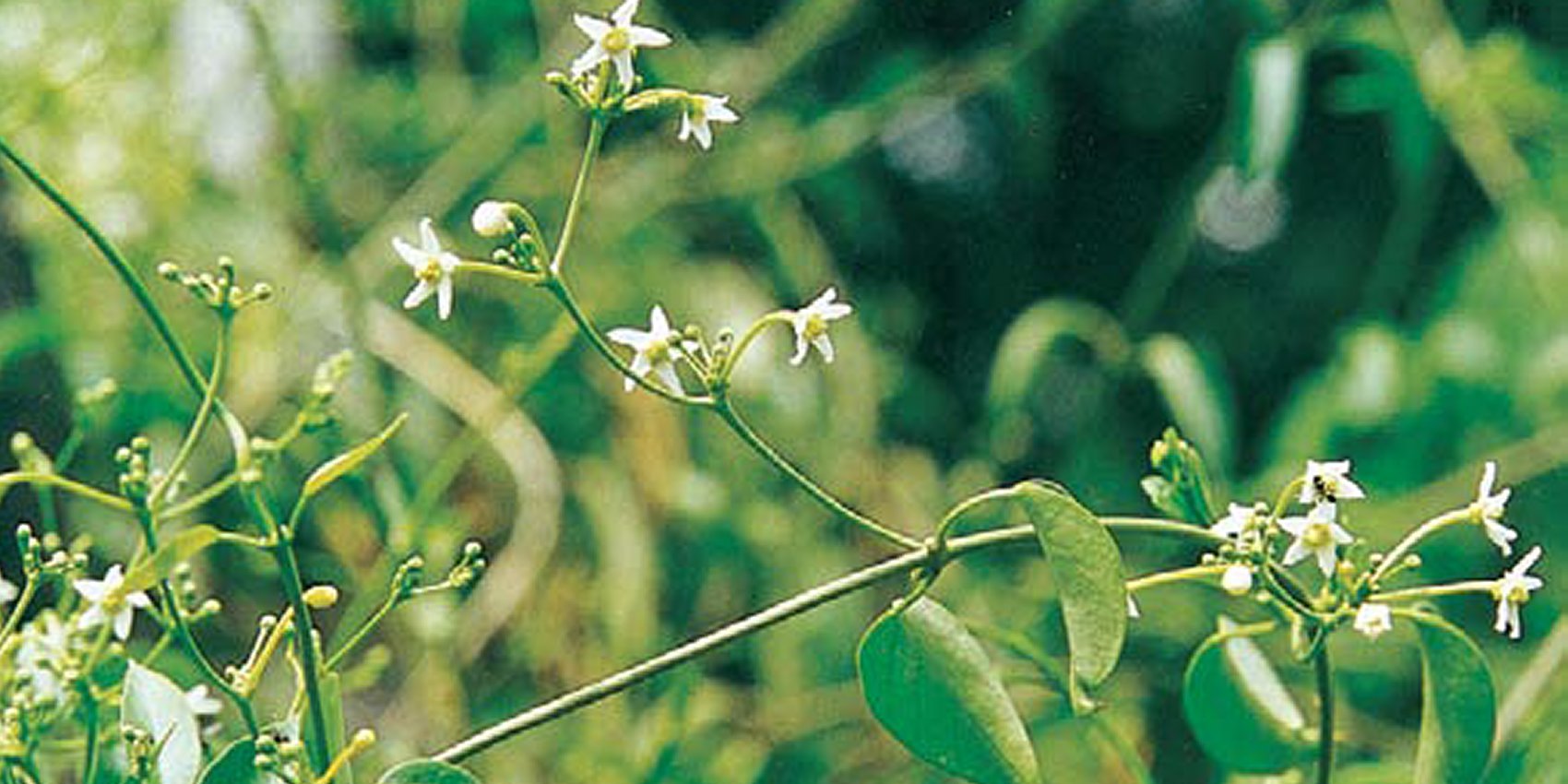
Rainforest Remnants
Through KWRP, rainforest remnants are being connected and expanded into a corridor across the island. As you walk along the corridor look out for a variety of flora, including ash tree (after which the island is named), red cedar and endangered vine (white cynanchum). As you walk through these remnants watch out for colourful butterflies, snakes and thorny vines, and listen for small birds.
